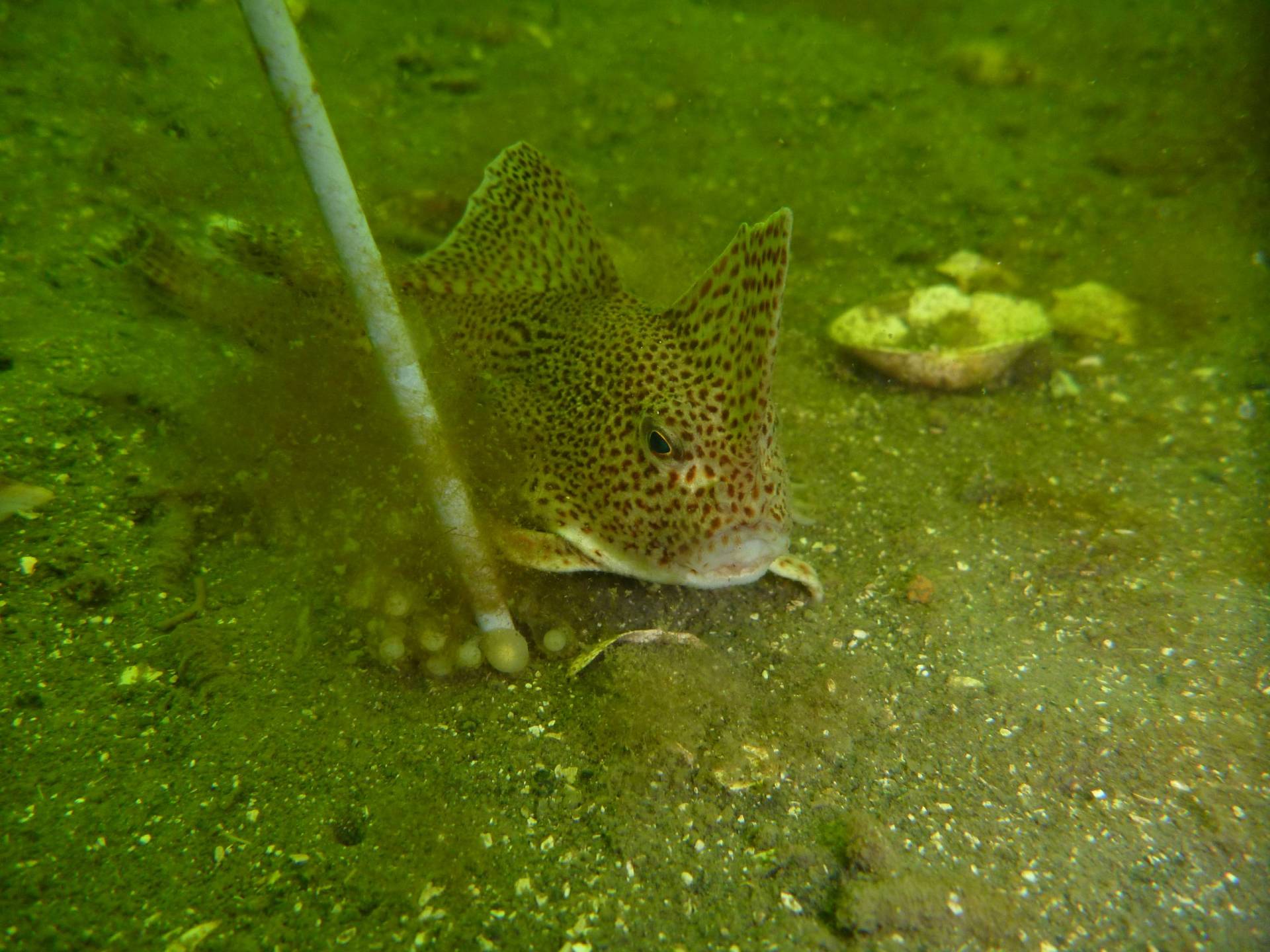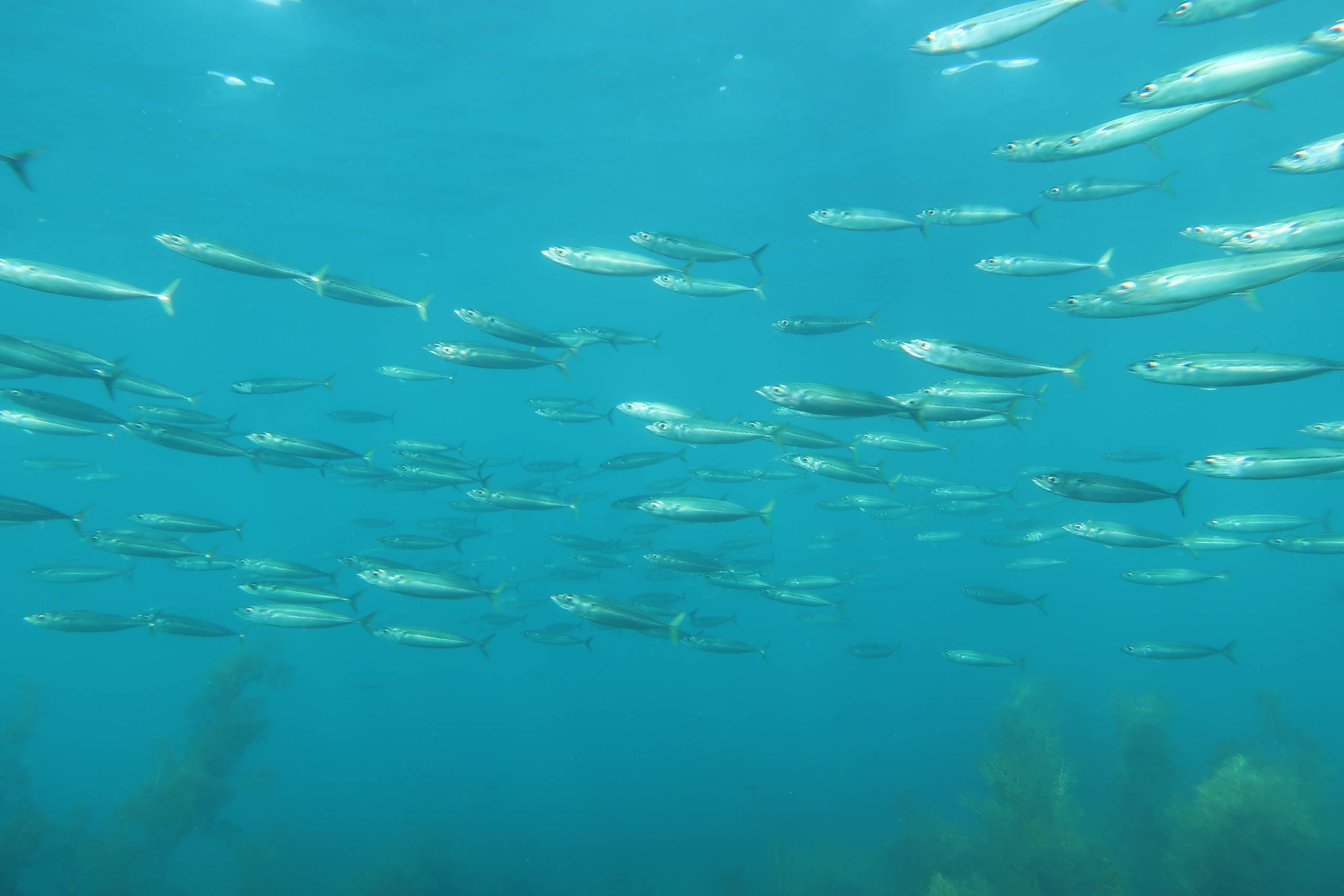DESKTOP AND FIELD SURVEYS FOR MARINE BIODIVERSITY
Marine biodiversity and threatened species surveys represent core services provided by Aquenal. Our studies encompass invertebrate, fish, aquatic flora and shorebird communities from coastal through to offshore environments. These studies are performed as independent research and monitoring programs, or as components of environmental impact assessments and management plans.
Aquenal’s range of services for threatened species and biodiversity assessments include:
- Field surveys to assess distribution, habitats, abundance and population characteristics
- Baseline and monitoring surveys of fish, invertebrate and macro-algal communities
- Statistical analysis of community data to identify biodiversity hotspots and values
- Mapping of threatened species distributions and biodiversity values
- Impact and risk assessments
- Management plans for threatened species, areas of high biodiversity value and threatening processes
- Design and implementation of relocation programs for threatened species
- Biodiversity discovery and marine bioprospecting for medicinal research
- Analysis of underwater video footage for ecosystem assessment
Aquenal holds threatened species permits for the collection and preservation of threatened species.



